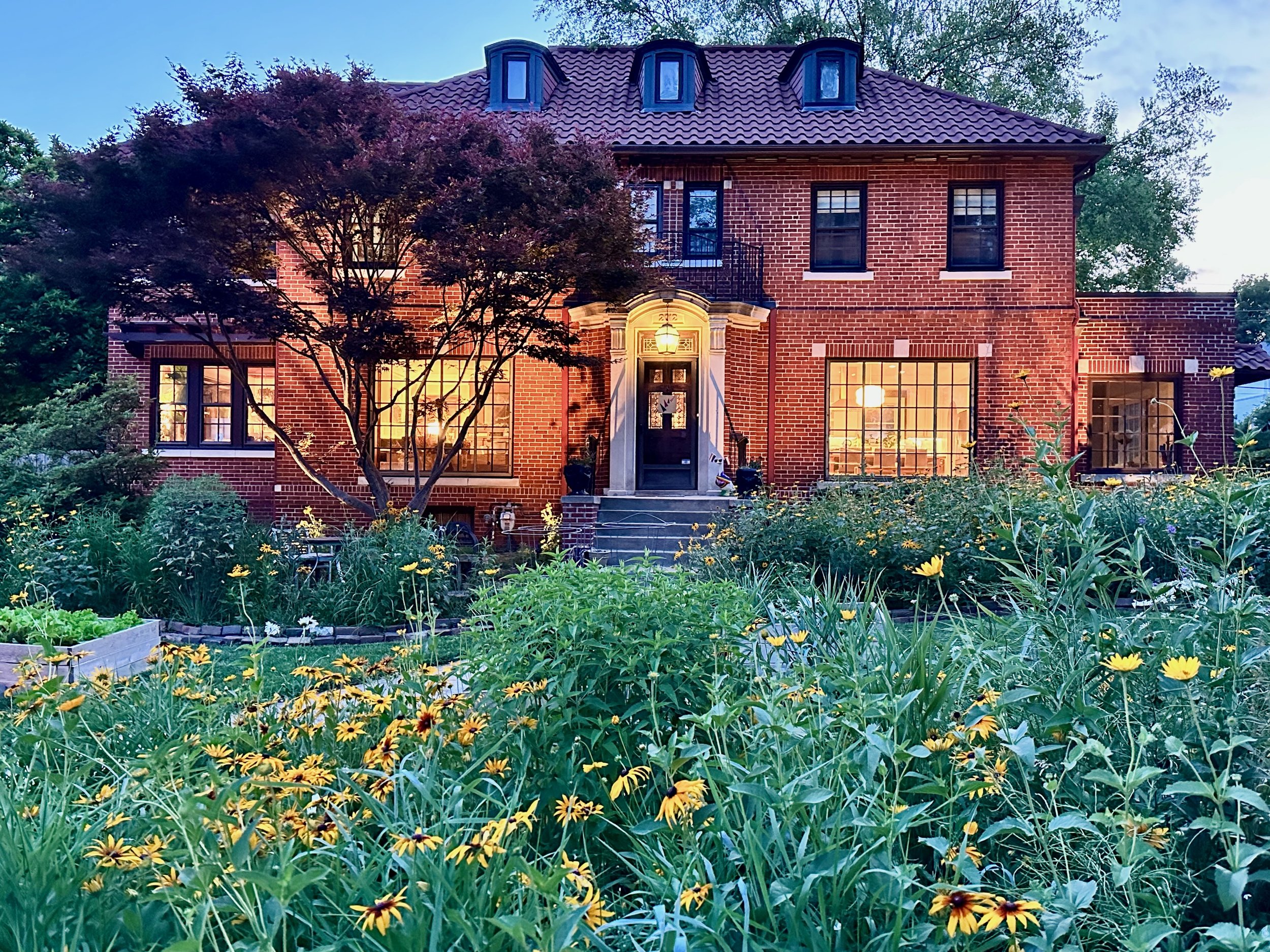Understanding the Difference Between Self Care and Complete Care Prairie Packages
Discover the difference between our Self Care and Complete Care prairie packages! Whether you want to be hands-on or prefer a hassle-free experience, we’ve got the perfect option to transform your lawn into a sustainable prairie paradise.
When you partner with Prairie in Progress to transform your lawn into a sustainable prairie paradise, you have two distinct service tiers to choose from: Self Care and Complete Care. Both options are designed to fit different levels of involvement, time commitment, and budget preferences. Let’s break down the key differences to help you decide which tier best suits your needs.
Self Care: Take the Reins
For clients who enjoy getting their hands dirty and want to be actively involved in the process, the Self Care tier offers a perfect balance of support and independence. Here’s what you can expect:
What We Provide:
Initial site preparation, including soil enrichment and seeding.
A custom seed mix tailored to your property’s conditions.
Comprehensive educational materials, including detailed guides, instructional videos, and a resource list.
What You Handle:
All maintenance activities for the first and second years, such as weeding, watering, and seasonal mowing.
Monitoring plant growth and addressing any issues like invasive species or pests.
Who It’s For:
DIY enthusiasts who want to be hands-on.
Clients with the time and willingness to manage the prairie’s early growth stages.
Benefits:
Lower cost compared to Full Care.
Greater personal involvement and sense of accomplishment.
COMPLETE Care: Sit Back and Enjoy
For those who prefer a hands-off approach, the Complete Care tier offers a comprehensive solution, taking care of every aspect of your prairie transformation and maintenance. Here’s what’s included:
What We Provide:
Initial site preparation, including soil enrichment and seeding.
All maintenance for the first and second years, including weeding, watering, growth tracking, and seasonal mowing.
Regular updates and progress reports to keep you informed without requiring your active involvement.
Who It’s For:
Clients with limited time or interest in handling maintenance themselves.
Those who want the reassurance of professional care for the best possible results.
Benefits:
Hassle-free experience with all work handled by our team.
Consistent, high-quality maintenance to ensure your prairie thrives.
Which Option is Right for You?
If you’re excited about learning the ins and outs of native landscaping and have the time to devote to maintenance, Self Care could be a rewarding choice.
If you’d rather focus on enjoying the beauty of your prairie without worrying about the upkeep, Complete Care is the stress-free solution.
Both tiers provide a pathway to creating a vibrant, sustainable landscape that benefits pollinators, reduces maintenance, and enhances the natural beauty of your outdoor space. No matter which you choose, Prairie in Progress is here to support you every step of the way.
Ready to get started? Contact us today to discuss your project and select the service tier that’s right for you!
Embracing Nature’s Palette: The Beauty of Native Landscapes Over Traditional Lawns
Did you know that our love for the classic lawn might stem from ancient instincts? John Falk's fascinating research dives into how our ancestors' savanna habitats shape our modern landscape preferences. It's a striking realization: our penchant for short grass and dotted trees isn't just a trend; it's a nod to our evolutionary past.
Unearthing Our Landscape Roots: Did you know that our love for the classic lawn might stem from ancient instincts? John Falk's fascinating research dives into how our ancestors' savanna habitats shape our modern landscape preferences. It's a striking realization: our penchant for short grass and dotted trees isn't just a trend; it's a nod to our evolutionary past.
The Rising Star - Native Landscapes: But here’s the exciting part – as our environmental consciousness blooms, so does our love for native landscapes. It's not just about green; it's a burst of colors, textures, and life! These indigenous beauties do more than catch the eye; they echo the soul of our community, potentially boosting both neighborhood charm and property values. Talk about a win-win!
Smart Design - The Key to Acceptance: Enter Joan Nassauer of the University of Michigan, who brings a fresh perspective with 'cultural sustainability.' It's all about blending ecological benefits with designs that resonate with people. Think crisp edges, clear demarcations, and a harmonious mix of native plants and manicured spaces. Larger native areas? They actually charm us more! And when wildlife flutters in, the appeal skyrockets.
A New Definition of Lawn Beauty: Let's rethink what a beautiful yard looks like. Traditional lawns are like comfort food – familiar, simple. But native landscapes? They're a feast for the senses, changing with the seasons, inviting us to see our yards as thriving ecosystems. This is beauty with depth, a celebration of diversity, and an embrace of change.
Wrapping Up - More Than Just Good Looks: As we step towards more sustainable lifestyles, our idea of a picturesque yard is evolving. Native landscaping doesn't just blend with nature; it enhances it, offering a unique, dynamic beauty. Choosing native over traditional isn't just a style statement; it's a commitment to biodiversity and a sustainable future. Let's make our yards a testament to this beautiful planet we call home!


